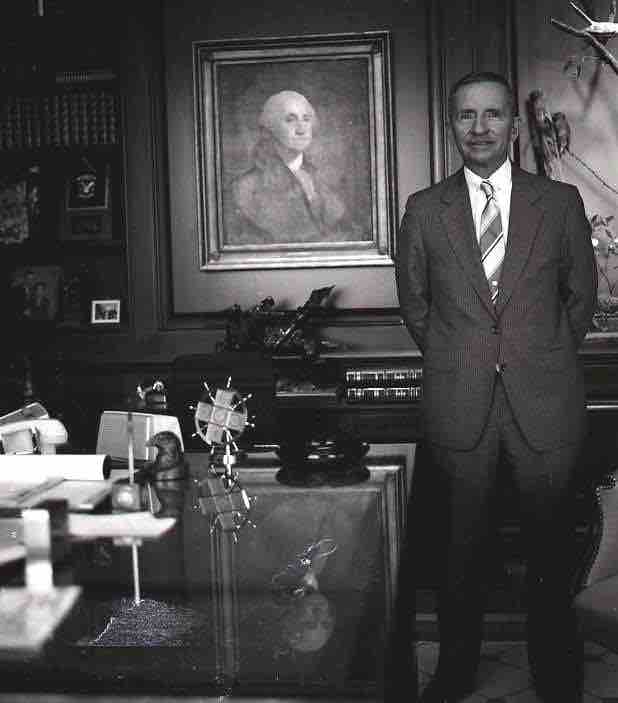American politics operate on a two-party system, meaning that two major political parties dominate voting in most elections and consequently dominate elected offices. In modern United States elections, the two major parties are the Democratic and Republican parties. These parties are associated with liberal and conservative views respectively, and nearly all elected officials are affiliated with one of the two. Campaign endorsements, funding, and resources are allocated to candidates on the basis of nomination by one of these two parties.
Although the American political structure has consistently been a two-party system, third parties occasionally influence elections, and third party candidates sometimes obtain elected positions. "Third party" technically refers to the third largest party in a two-party system, but in the U.S. it generally refers to any party running in an election other than the major two. Many third parties have gained some traction throughout American history — at one point, the Socialist Party held 600 mayoral offices, and Theodore Roosevelt obtained a signifiant number of votes in his presidential bid as the Progressive Party candidate in 1912. Today, the largest three "third parties" as measured by the number of registered voters affiliated with them are the Libertarian Party, the Green Party, and the Constitution Party. None of them hold a substantial number of public offices.
There are numerous logistical reasons third parties have not been more successful in the U.S. (as they have been in other democratic countries), including the country's election structure, ballot rules, and debate rules. American elections are structured as "winner-take-all" votes — in other words, regardless of the margin of victory, the candidate that wins the popular vote attains office while the runner-up does not gain representation. This system is in contrast to proportional representation systems, in which parties are allocated representation based on the proportion of the popular vote they receive. With regards to ballot access, candidates for major elections, such as presidential elections, must meet state-determined criteria to be included on election ballots. Ballot access laws often mandate that candidates pay large fees or collect a large number of signatures to be listed, which often restricts the ability of third party candidates to be put on the ballot. Lastly, since the onset of televised presidential debates in the 1960s, with only a couple of exceptions, third party candidates have been barred from participation. This policy limits their ability to publicize their views and gain a following among the electorate.
While many electoral policies in the U.S. stack the odds against third party success, perhaps the greatest barrier to third party candidates is the vast amount of resources that major parties hold. The two major parties have shifted names, platforms, and constituencies over time, but they have always served as gatekeepers to financial and human resources. Moreover, throughout the past few decades, major party politicians have been able to neutralize third party threats by adopting or discrediting the views of third party candidates. Both major parties are at risk of losing voters if third party campaigns gain traction, so they have both tended to act in ways that promote the two party system.

Ross Perot
Ross Perot is the last third party presidential candidate to gain a substantial number of votes in the general election.